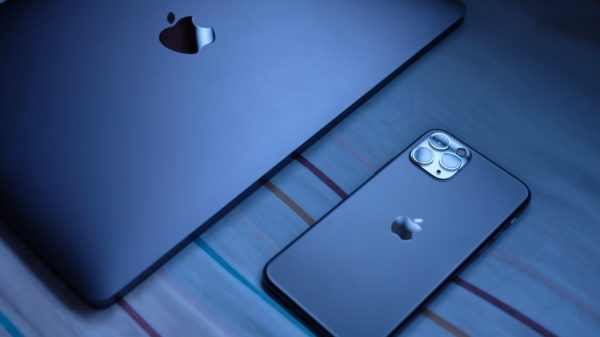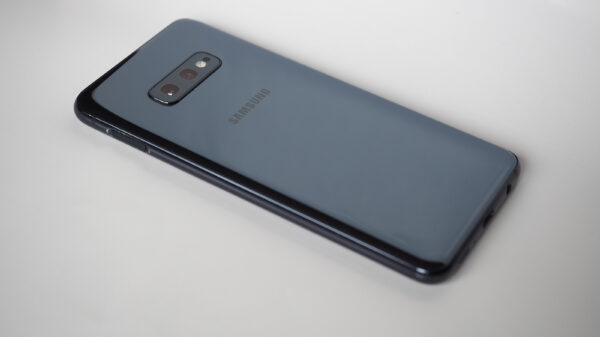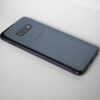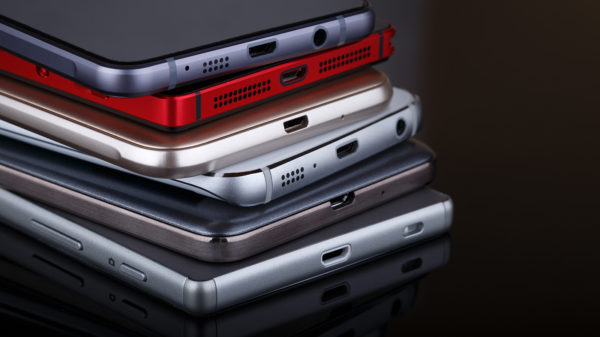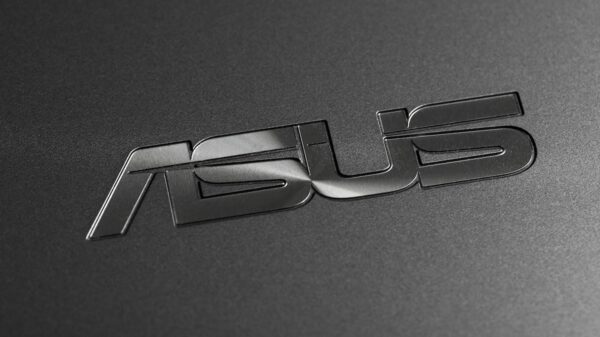Several mobile operators around the world have voiced their commitment to implementing Near Field Communications (NFC) technology, and intend to launch commercial NFC services in select markets by 2012.
 According to Frost & Sullivan, the total payment value for NFC globally will reach more than 110 billion euro in 2015 – and momentum behind the technology is growing rapidly. To address this opportunity and to provide valuable new services to mobile users worldwide, the operator community is focused on driving the standardized deployment of mobile NFC, using the SIM as the secure element to provide authentication, security and portability.
According to Frost & Sullivan, the total payment value for NFC globally will reach more than 110 billion euro in 2015 – and momentum behind the technology is growing rapidly. To address this opportunity and to provide valuable new services to mobile users worldwide, the operator community is focused on driving the standardized deployment of mobile NFC, using the SIM as the secure element to provide authentication, security and portability.
“NFC is perhaps best known for its role in enabling mobile payments, but its applications go far beyond that,” said Franco Bernabe, Chairman, GSMA and CEO, Telecom Italia. “NFC represents an important innovation opportunity, and will facilitate a wide range of interesting services and applications for consumers, such as mobile ticketing, mobile couponing, the exchange of information and content, control access to cars, homes, hotels, offices car parks and much more.”
To achieve this, the GSMA, which represents the interests of the worldwide mobile communications industry and unites over 800 mobile operators, will develop the necessary certification and testing standards to ensure global interoperability of NFC services. This interoperability is critical to the widespread adoption of NFC, enabling users to benefit from NFC services around the world, regardless of operator network or device type.
“NFC phones are set to revolutionize the way we decide what products to buy, where we choose to buy them and how we choose to pay,” says Sarah Clark, a technology business analyst with SJB Research. “The new NFC phones contain a high security chip known as a secure element which acts like an electronic version of your wallet and can be used to replace everything from credit cards and loyalty cards to bus and train tickets, library cards, door keys, coupons and even cash.
These chips can be built into mobile phones and other devices by the manufacturer, they can be integrated into SIM cards issued by mobile networks to their subscribers and they can be added to existing phones via special microSD cards or stickers issued by banks and other organizations. “Whoever provides a consumer with a secure element can then generate new revenues by leasing space on the chip to other businesses that also want to offer next-generation mobile services to their customers,” Clark explains. “In the GSMA statement issued today, the mobile operators make it clear that they plan for NFC services to be delivered using the SIM as the secure element, placing operators in control of NFC services – and future revenue streams.”
“The announcement does not necessarily mean, however, that these leading operators have now found an answer to the need for a business model for the launch of commercial NFC services,” she adds. “Rather, this announcement signals the operators’ realization that they need to work together in order to deliver the same global reach that a rival offering from handset manufacturers and others would provide.”
“Essentially, they are involved in a bid to grab land – and a significant share of revenues – ahead of expected rival proposals from the likes of Google and Apple. The move is likely to prove to be good news for consumers and for businesses such as retailers, transport operators, travel firms, brands and others looking to take advantage of the arrival of NFC services since there will be competing offers on the table and that should lead to lower prices.”
Mobile operators behind today’s announcement include America Movil, Axiata Group Berhad, Bharti, China Unicom, Deutsche Telekom, KT Corporation, MTS, Orange, Qtel Group, SOFTBANK MOBILE, Telecom Italia, Telefonica, Telekom Austria Group, Telenor and Vodafone.



